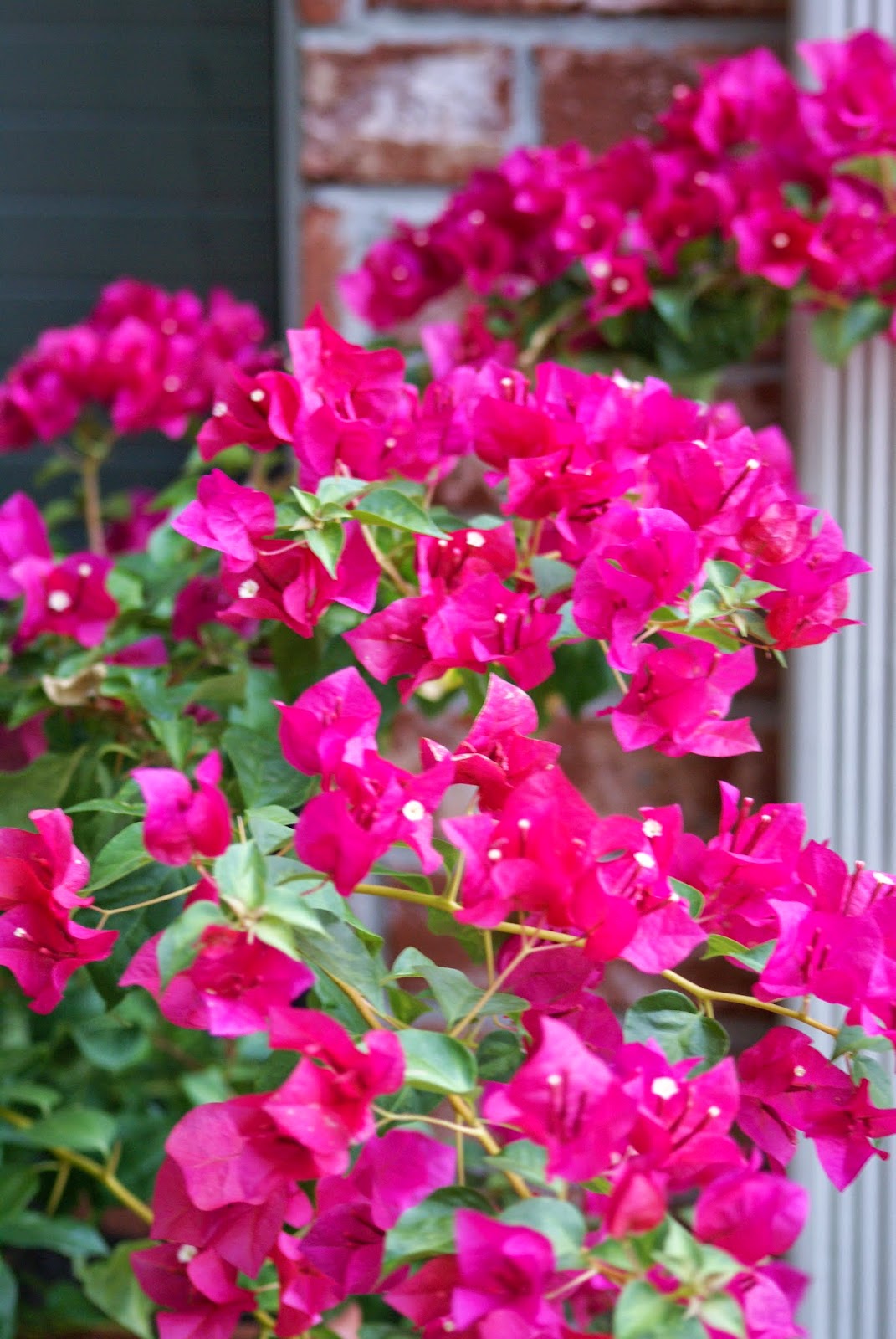Six Charter Members name Riverwalk Garden Club
Thursday, January 23, 2014
Kick off meeting
Attendees
Tess Chustz
Shirley Crowley
Brenda Ivy
Bitsy Lugo
Pat Power
Shirley Weidner
The meeting was held at the home of Shirley Crowley.
The group elected the following individuals to serve the club through 2014.
Shirley Crowley - Chairman
Bitsy Lugo - Vice Chairman
Brenda Ivy - Secretary
Pat Power - Treasurer
We appreciate these ladies being willing to break ground with our club in its infant year.
Committees Formed:
Shirley Weidner volunteered to chair the flag committee for flag display on patriotic holidays
Discussions:
Meetings: Meetings will be held monthly, in members homes. We will alternate holding day meetings and evening meetings. Meetings will halt in September and resume in December. Host member will provide place to meet and members will be asked to bring refreshments.
Blog: Shirley announced that she will post meeting minutes along with other garden club news and events on this blog.
Activities:
Beautification Projects 2014 The group decided they will choose two projects for this year for beautifying the community. The front entrance and median will be addressed. The group would like to form a Yard of the Month award, Christmas award for outdoor decor. The committee will accept nominations from the community and judges appointed by the garden club not associated with the club will name the awarded address. During Christmas the committee will take addresses submitted by the community and form a trail of lights map for residents to enjoy those homes decorated for the holiday.
Pat mentioned that there is $328 left in HOA funds that can be used for Riverwalk Garden Club (RGC) seed money.
Fund Raisers Bitsy Lugo stated that fund raisers could be done to build the RGC coffer.
Guest Speakers Members agreed that guest speakers would be welcome during meetings. A 15-20 minute presentation on gardening topics was decided.
Field Trips & Tours The group will bring up places for self visits and in some instances may form groups to go together.
Plant Swap Pat Power will host a plant swap in the next few months. An email notification will be sent with details for participation.
February meeting date to be decided.








